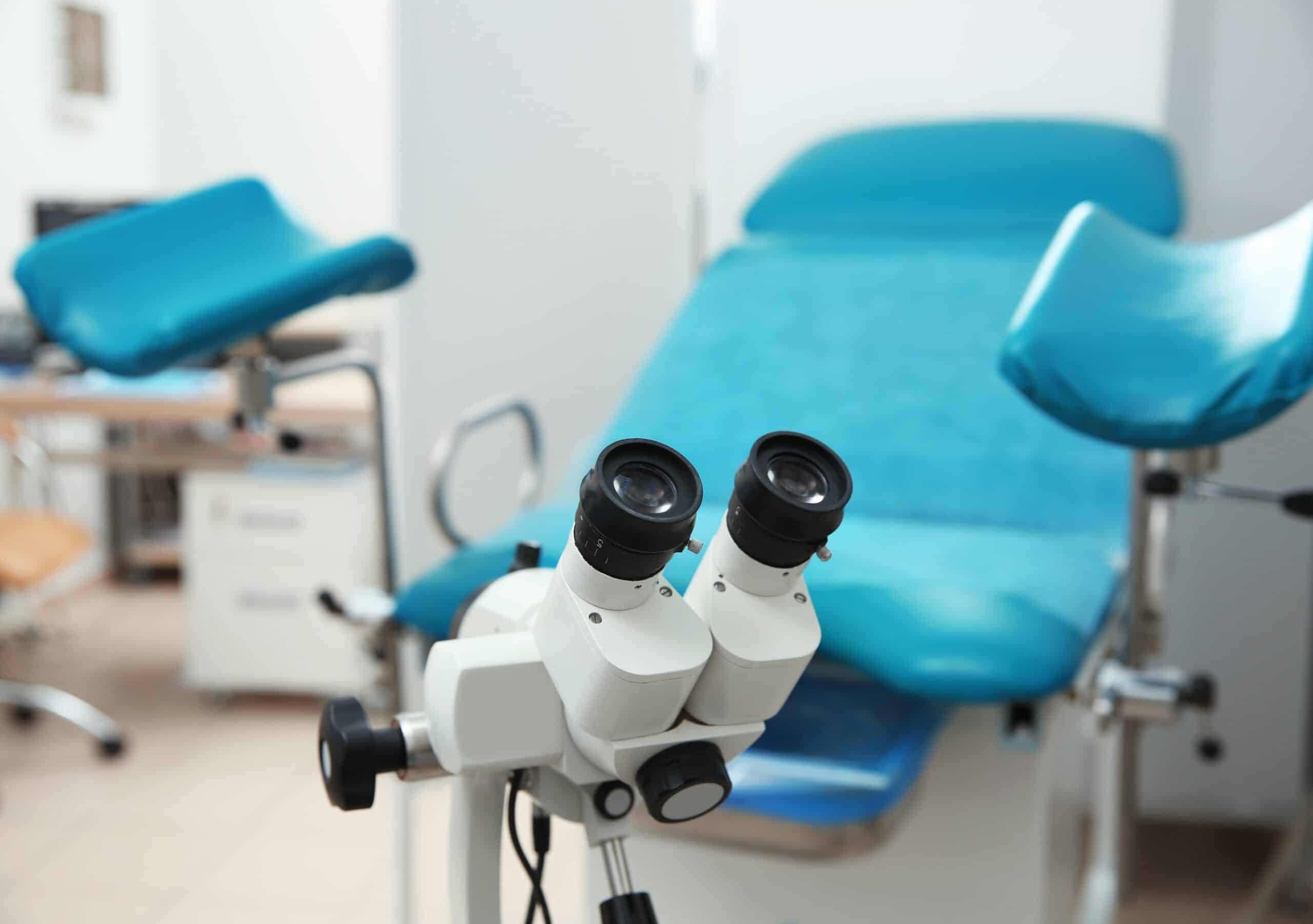Under the care of our fertility team, the woman is given oral and injectable fertility medications to stimulate her ovaries to produce one to two egg containing follicles. Medication is taken for approximately 12 days depending on your protocol and how your body responds to treatment.
The number and size of the developing follicles is measured by trans-vaginal ultrasound scans. The more eggs you release, the higher the chance of a multiple pregnancy- this is why your fertility doctor will aim for just one or two mature eggs through your treatment.
The final preparation for ovulation involves a hormone injection which mimics the natural trigger for ovulation. Insemination will take place the day after this injection.
In a normal menstrual cycle, only one egg is released. In an IUI cycle you are helping the follicles to produce healthy and mature eggs with the assistance of medication.



